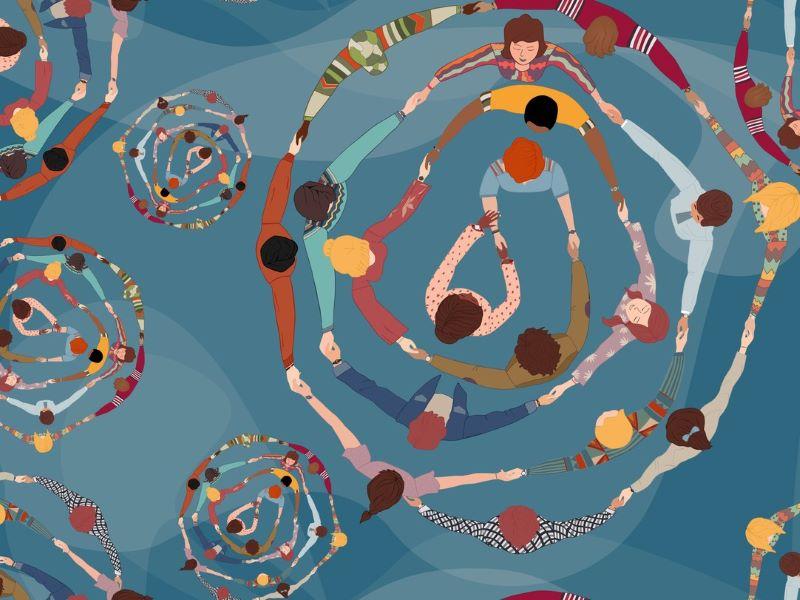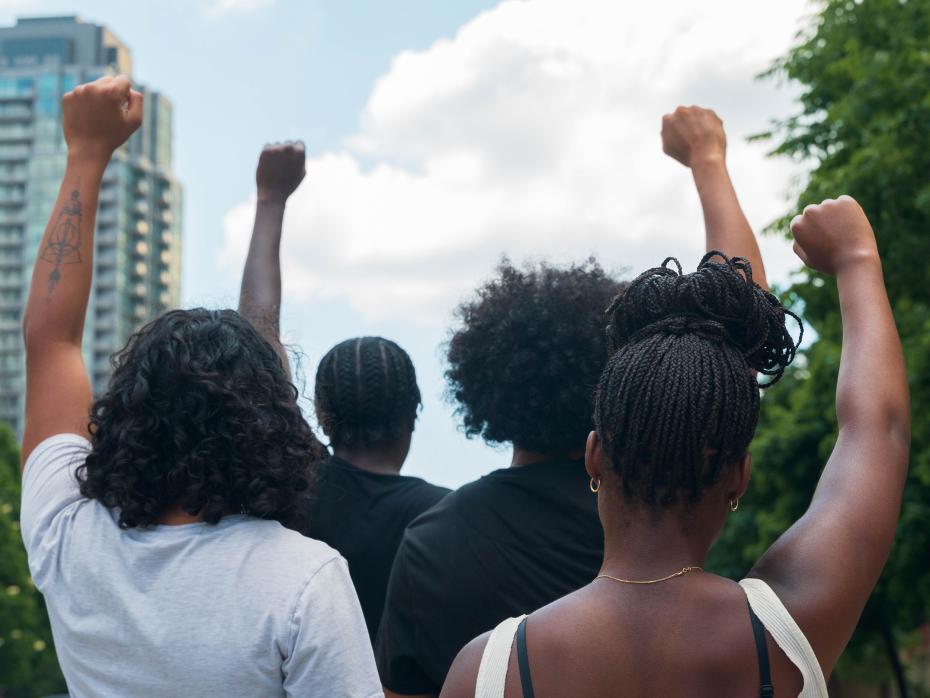
How to train university staff to become anti-racist agents of change
Since the outcry that followed the murder of George Floyd and institutional commitments to equality, diversity and inclusion (EDI), anti-racism training has been in high demand across higher education. But the value of such training is a vexed area, the controversies of which are summed up ably in a recent report concerning racial bias in the judiciary. “Training” was the least worst word we could find to describe our own innovative approach to supporting colleagues to drive change across the university. Our experience developing and delivering the Higher Education Anti-Racism Training (HEART) programme has been instructive:
1. Get a framework
Racism is widespread and dehumanising. Group Analysis gave us a framework to understand its grounding in power relations and the intimate connection between psyche and social that make it such a complex and pervasive phenomenon, while keeping a focus on humanity.
- Why higher education should take an EDI lesson from Kendrick Lamar
- What will your anti-racist university look like?
- Questions you should ask yourself about your role in institutional racism
2. Work in solidarity and with support
Addressing racism is exhausting for all concerned, especially black and brown people. I created and deliver HEART with Shireen Gaur, clinical psychologist and group analyst, and our friendship has grown in tandem with the training. Whatever your background, in taking on such work find someone to work closely with, join wider networks and get whatever help you can from experienced and senior colleagues: you will need the solidarity and support to carry you through at times.
When dealing with difficult issues, you may also want to secure more specialist help such as mentoring, clinical supervision or even psychotherapy – the “third-party perspective” can be crucial in remaining level and clear-sighted in the face of racialised trauma.
3. Promote psychological safety
Medium-sized groups create opportunities for “non-hierarchical, reflective dialogue”, as Patrick de Maré explains, where all members have the opportunity to speak. The trust necessary for members to challenge deep-seated biases and work through conflict takes time to develop, so training should be run over months, rather than days or weeks. Some HEART participants have commented on the slowness of the process. The pace of university working lives is frenetic and actions are demanded daily. If we don’t take the time to get personally involved and accept responsibility, then in the rush to “do something”, we end up taking positions we don’t understand and committing to actions we feel alienated from – contributing to a flimsy and ephemeral show of change.
Good planning, organisation, time-keeping and communications around groups are all essential to creating a container that feels robust enough to bear exploration of racialised dynamics. Securing reliable professional services and administrative support is therefore vital.
4. Encourage investment and embed responsibility across the organisation
Conduct a needs analysis and consult widely. The standard unconscious bias training that has proliferated in recent years is never going to be enough, but what kind of training are staff and students getting and how do they feel about it? The answers will help you work out where the gaps are and how fertile the ground is for the kind of intervention you want to implement. Generate as much buy-in from the various stakeholders as possible, from grassroots to senior leadership. Conversations with anti-racist scholars and activists helped us to stay bold in the face of resistance to acknowledging racism. Conversations with senior leaders got the work funded.
Liaise with colleagues in teaching and learning and research, as well as EDI: addressing racism is relevant to each individual and every part of the organisation – ownership should be shared, rather than held narrowly by those immediately involved in the initiative or intimately involved through their "race".
5. Involve students at every stage in a process of mutual development
Use whatever structures your institution has in place to enable student involvement. We used undergraduate psychology’s placement scheme, to provide a placement year project managing HEART. Undergraduate Erin Wilshaw kept us connected to student experiences, while blogging to let other students know about staff commitment that could otherwise have remained invisible to them.
The university also has in place Students’ Union Diversity and Inclusion Ambassadors – students who are paid to support inclusion-focused practice across the organisation. Ambassadors delivered one of our guest-expert seminars and acted as a steering group during initial development of the training, bringing grassroots developments to staff who were hearing about such work for the first time.
There needs to be more research into how we address racism effectively in higher education. Investigating HEART process and outcomes through doctoral research projects on the clinical psychology programme has meant students can fulfil training requirements while extending anti-racist scholarship into further parts of the organisation. The students’ questions and explorations of the literature have helped us look beyond the organisation and, indeed, our applied group analytic framework and fit our efforts into the bigger picture.
6. Build in SMART goals
We work with an expert in behaviour change, Tracy Epton, to help participants turn intentions into actions. Systemic change requires more than a summation of individualised actions, but staff often need to be supported to disrupt the safe familiarity of inaction and start the journey connecting with others in pursuit of wider change. Identifying a first goal (be it speaking up or out, adapting teaching or recruitment processes), the steps required to achieve it, the barriers likely to get in the way and how to overcome them can stop change-focused initiatives turning into talking shops.
7. Support staff to become agents of change
Spaces to be stirred by the testimony of the “other” or complain about the racism of the “other” are not enough; our anti-racism approach involves making this personal. It’s vital to have diverse cohorts, so that people speak from different experiences and learn about how they impact on others and are impacted upon themselves. This provides a transferable way of working; staff are encouraged to take these conversations – more as a way to talk rather than the confidential content – into their own contexts.
Continuing connection and solidarity – basically an individual feeling the group has their back whether present or not – underlies courageous action and progress. Participants have overcome shame to give talks, are creating anti-racism groups in their own settings, taking on EDI leadership positions to make changes to policy, incorporating racial equity into their teaching and, most of all, supporting students and colleagues by taking the lead in talking about racism and enabling the difficult conversations necessary to promote change.
Adam Danquah is a senior lecturer in clinical psychology and associate dean for inclusive education and engagement at the University of Manchester.
He has been shortlisted for Most Innovative Teacher of the Year in the Times Higher Education Awards 2022. A full list of shortlisted candidates can be found here.
If you found this interesting and want advice and insight from academics and university staff delivered direct to your inbox each week, sign up for the THE Campus newsletter.




